Once a squatter community inhabited primarily by war veterans who retreated to Taiwan with the Chinese Nationalist Party (KMT), Treasure Hill (寶藏巖) has witnessed the city’s transformation while undergoing a metamorphosis itself to become what it is today: an artist village and youth clubhouse frequented by camera-wielding visitors.
Bearing its history in mind, there is probably no better place to hold the Treasure Hill Film Festival: Mirage — Urban and Architecture (海市蜃樓 — 城市與建築專題影展), an outdoor event that aims to explore the relation between urban inhabitants and the environment through cinema.
Co-organized by Treasure Hill Artist Village (寶藏巖國際藝術村) and Taiwan Film institute (國家電影中心), the mini-festival opens today with a lineup of 10 films from Taiwan, Hong Kong and China and runs through August 15.
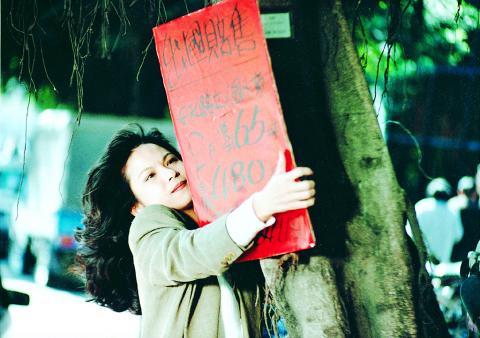
Photo Courtesy of Treasure Hill Artist Village
Among the selected works, both Wan Jen’s (萬仁) 1998 Connection by Fate (超級公民) and Robinson’s Crusoe (魯賓遜漂流記, 2003) by Lin Cheng-sheng (林正盛) tackle issues surrounding land development and urban living. Meanwhile, Waterfront Villa Bonita (水岸麗景, 2007) by Lou Yi-an (樓一安) examines the absurdity of urban life through the eyes of people living on the margins of society.
Other selected films include Tsai Ming-liang’s (蔡明亮) Vive L’Amour (愛情萬歲), Chinese maestro Jia Zhangke’s (賈樟柯) 24 City (二十四城記) and McDull, Prince de la Bun (麥兜,菠蘿油王子) by Hong Kong animation director Toe Yuen (袁建滔).
The outdoor screenings will take place Fridays and Saturdays at 7pm. After each screening, there will be a panel discussion on the films and related issues featuring filmmakers, artists and scholars. All activities are free of admission, and the films have Chinese subtitles only.
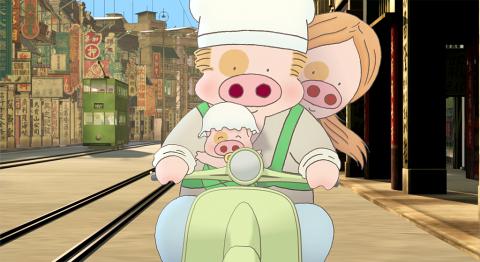
Photo Courtesy of Treasure Hill Artist Village
Treasure Hill Artist Village is located at 2, Alley 14, Ln 230, Dingzhou Rd Sec 3, Taipei City (台北市汀州路三段230巷14弄2號). For more information, visit www.artistvillage.org.
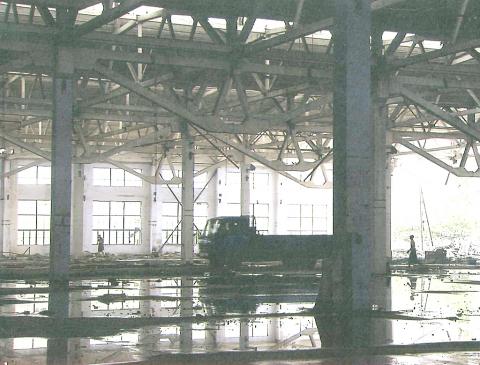
Photo Courtesy of Treasure Hill Artist Village
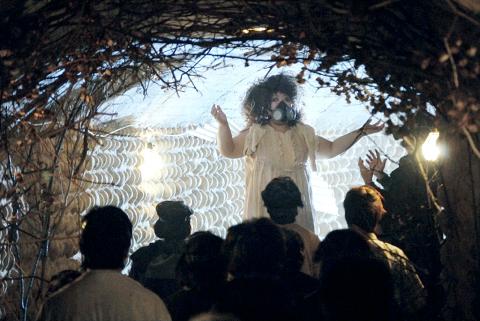
Photo Courtesy of Treasure Hill Artist Village
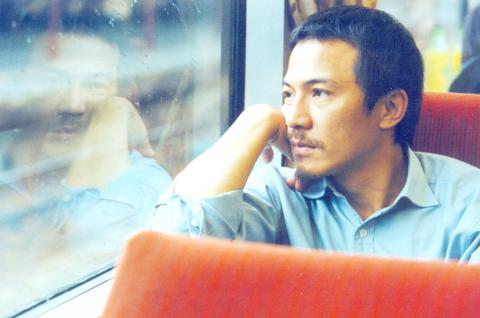
Photo Courtesy of Treasure Hill Artist Village
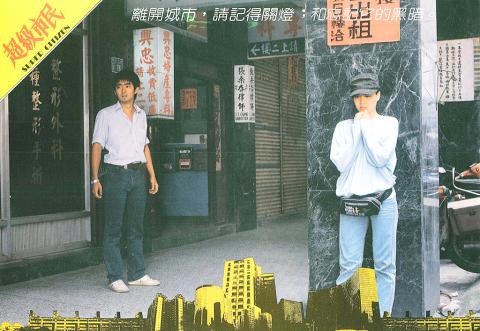
Photo Courtesy of Treasure Hill Artist Village

April 14 to April 20 In March 1947, Sising Katadrepan urged the government to drop the “high mountain people” (高山族) designation for Indigenous Taiwanese and refer to them as “Taiwan people” (台灣族). He considered the term derogatory, arguing that it made them sound like animals. The Taiwan Provincial Government agreed to stop using the term, stating that Indigenous Taiwanese suffered all sorts of discrimination and oppression under the Japanese and were forced to live in the mountains as outsiders to society. Now, under the new regime, they would be seen as equals, thus they should be henceforth

Last week, the the National Immigration Agency (NIA) told the legislature that more than 10,000 naturalized Taiwanese citizens from the People’s Republic of China (PRC) risked having their citizenship revoked if they failed to provide proof that they had renounced their Chinese household registration within the next three months. Renunciation is required under the Act Governing Relations Between the People of the Taiwan Area and the Mainland Area (臺灣地區與大陸地區人民關係條例), as amended in 2004, though it was only a legal requirement after 2000. Prior to that, it had been only an administrative requirement since the Nationality Act (國籍法) was established in

With over 80 works on display, this is Louise Bourgeois’ first solo show in Taiwan. Visitors are invited to traverse her world of love and hate, vengeance and acceptance, trauma and reconciliation. Dominating the entrance, the nine-foot-tall Crouching Spider (2003) greets visitors. The creature looms behind the glass facade, symbolic protector and gatekeeper to the intimate journey ahead. Bourgeois, best known for her giant spider sculptures, is one of the most influential artist of the twentieth century. Blending vulnerability and defiance through themes of sexuality, trauma and identity, her work reshaped the landscape of contemporary art with fearless honesty. “People are influenced by

The remains of this Japanese-era trail designed to protect the camphor industry make for a scenic day-hike, a fascinating overnight hike or a challenging multi-day adventure Maolin District (茂林) in Kaohsiung is well known for beautiful roadside scenery, waterfalls, the annual butterfly migration and indigenous culture. A lesser known but worthwhile destination here lies along the very top of the valley: the Liugui Security Path (六龜警備道). This relic of the Japanese era once isolated the Maolin valley from the outside world but now serves to draw tourists in. The path originally ran for about 50km, but not all of this trail is still easily walkable. The nicest section for a simple day hike is the heavily trafficked southern section above Maolin and Wanshan (萬山) villages. Remains of